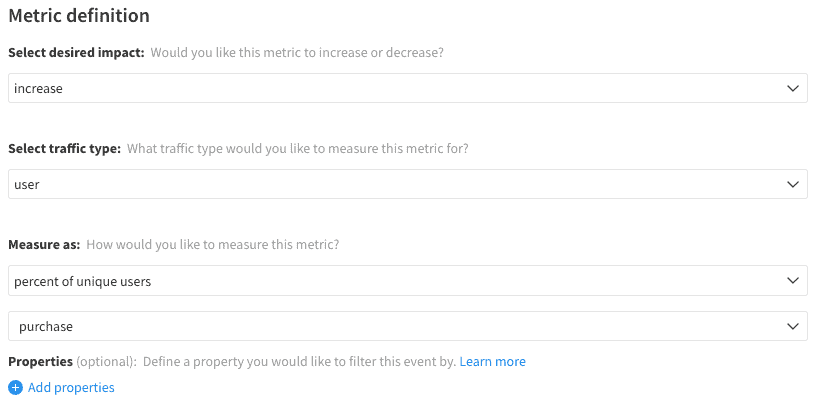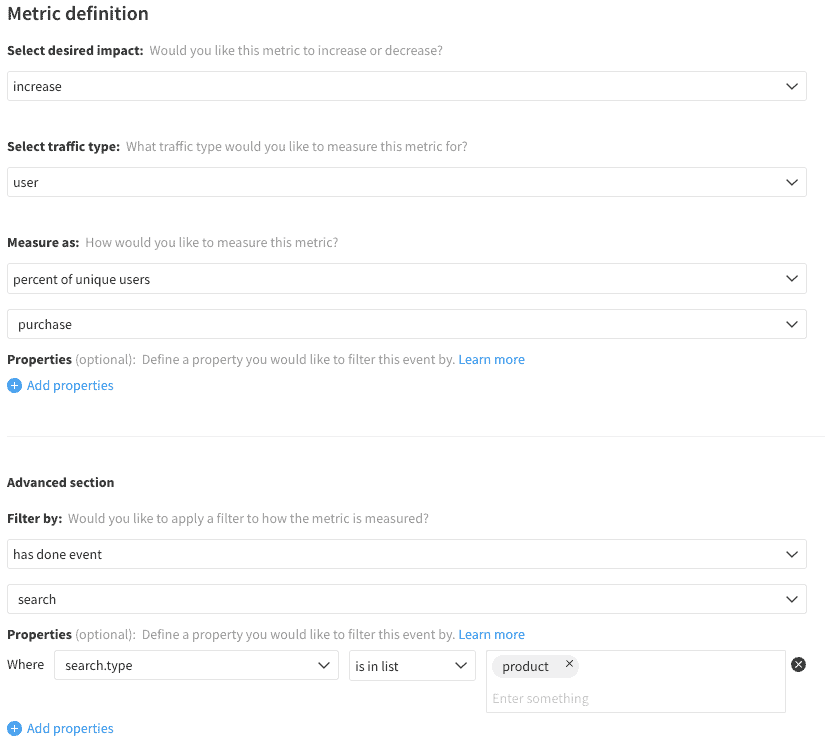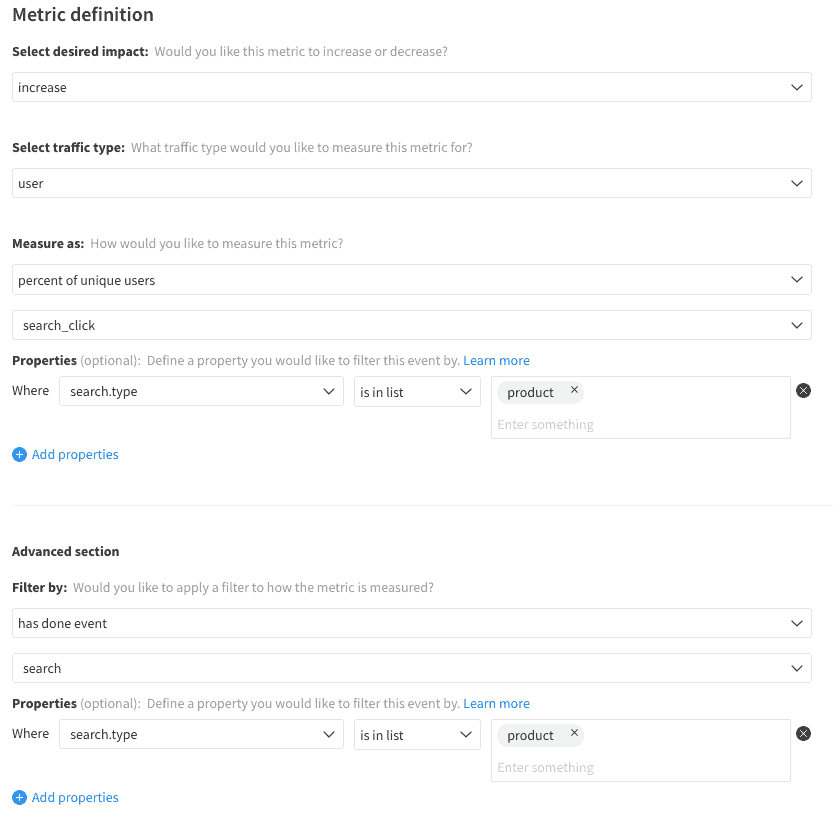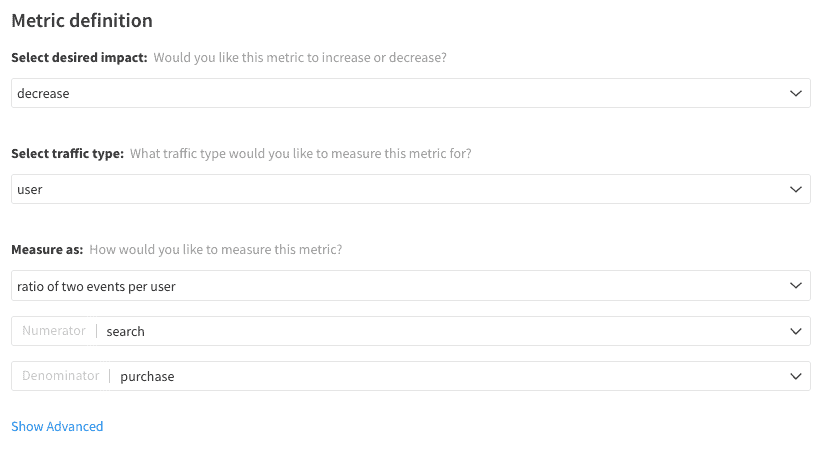Any product or business has goals for its users. These goals may be to sign up for an account, make a purchase, or realize the value that the product provides. Further, each feature of a product will have its own usage goals that a customer can achieve. When a customer completes a desired goal, they are said to have converted. Through understanding and improving the conversion rate for your key workflows, the business can be successful.
It is helpful to recognize that conversions are a process. To reach a goal, a user must go through a series of steps. Making a purchase involves searching for a product, visiting one or more product pages, adding the item to the shopping cart, and then filling out the forms required for checkout. Each of these actions represents a step forward in that conversion process and an opportunity to lose customers. If you were to chart the percentage of users who perform each step in the process, you would typically see that the rate shrinks from stage to stage. A chart of these rate changes resembles an inverted pyramid or funnel, the top representing your overall population and those who complete the conversion goal at the bottom. By improving the rate at which users move through an earlier step in the funnel, you can influence the final conversion rate. Identifying bottlenecks in the process helps you see where you can make the most significant improvements in your core conversion goal.
Event Tracking
Any customer action could represent a step in a conversion funnel. Customer actions may be general, such as clicks or form submissions, or specific to a flow or product like purchases are for an online store. These application-specific events can track dedicated properties and originate from multiple sources, despite still being driven by general user interactions in the product. Use more passive user actions for earlier steps in the funnel; purchasing an item requires lots of user action, but simply viewing it on a product page represents progress towards that conversion goal.
Metrics
While each conversion flow is closely related to the product and users that perform it, the metrics to measure conversion are standardized. Conversion rate is often the first metric that a customer tracks, determining what percentage of our customers ever achieve this goal. As a conversion process’s steps are defined, we can measure the total conversion rate after that stage alongside the conversion funnel progress between stages. In some cases, the act of conversion isn’t enough; we need to measure how often that conversion occurs. Usually, the frequency of a particular stage in the funnel will be a factor in the conversion rate. Measuring the ratio of one step against another provides insight into the efficiency of that process.
Conversion Rate

Conversion Rate – Stage

Conversion Funnel

Conversion Ratio
